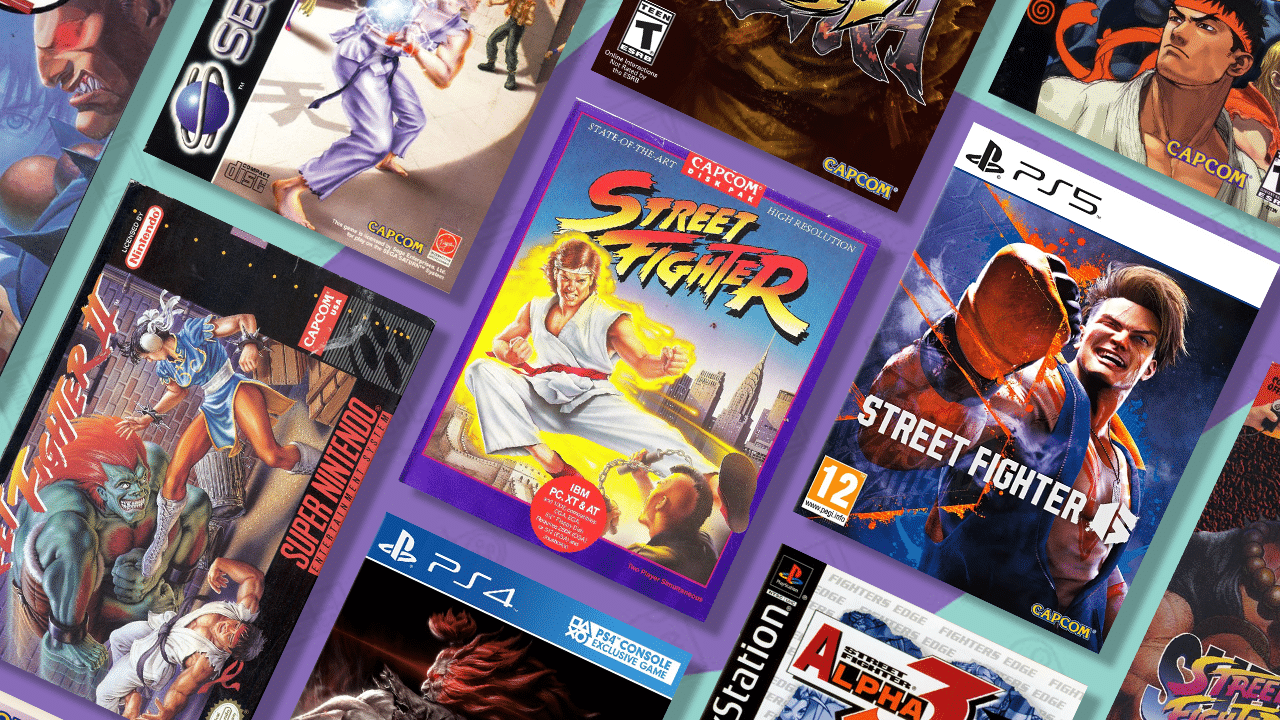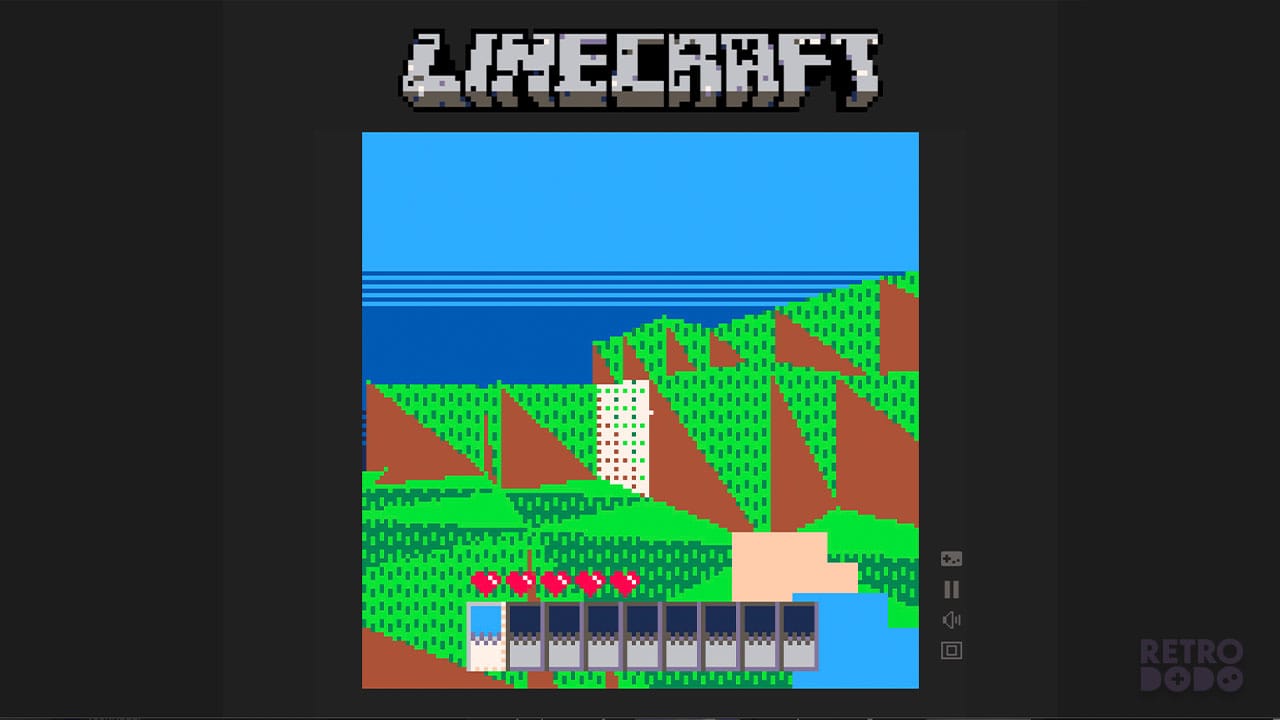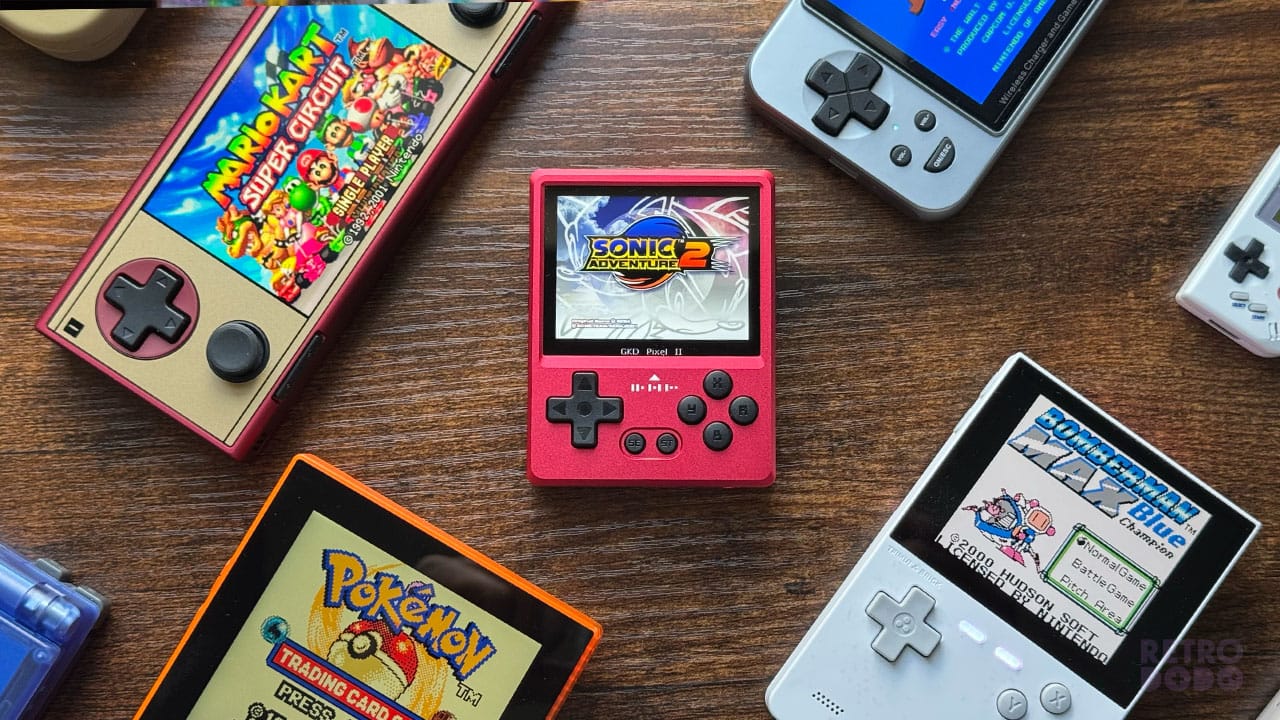The Best Street Fighter games list is a difficult one to compile – having been in existence since the very first game hit arcades in 1987 (though the series truly exploded in popularity when the iconic sequel – Street Fighter II – was released in 1991).
Generations of fans have discovered the series at different points, with nostalgia playing as key a factor as overall quality in what may be any given player’s favourite game in the series.
Capcom – bar a few controversial decisions along the way – have consistently set such a high bar in terms of gameplay and feature sets for new games in the series, which has been kept in the consciousness of the gaming community thanks to the explosion of esports and competitive gaming.
The competitive Street Fighter scene is one full of intense camaraderie, rivalry and drama, much like the games themselves.
Our ranking has been compiled from a variety of lists and data; this is the general consensus of audiences and critics, with no crossovers (which leaves out the brilliant Tatsunoko vs Capcom: Ultimate All Stars, as just one example) even if they had Street Fighter in the title (apologies to the excellent – or should that be X-cellent – X-Men vs. Street Fighter).
1. Street Fighter III: 3rd Strike (1999)
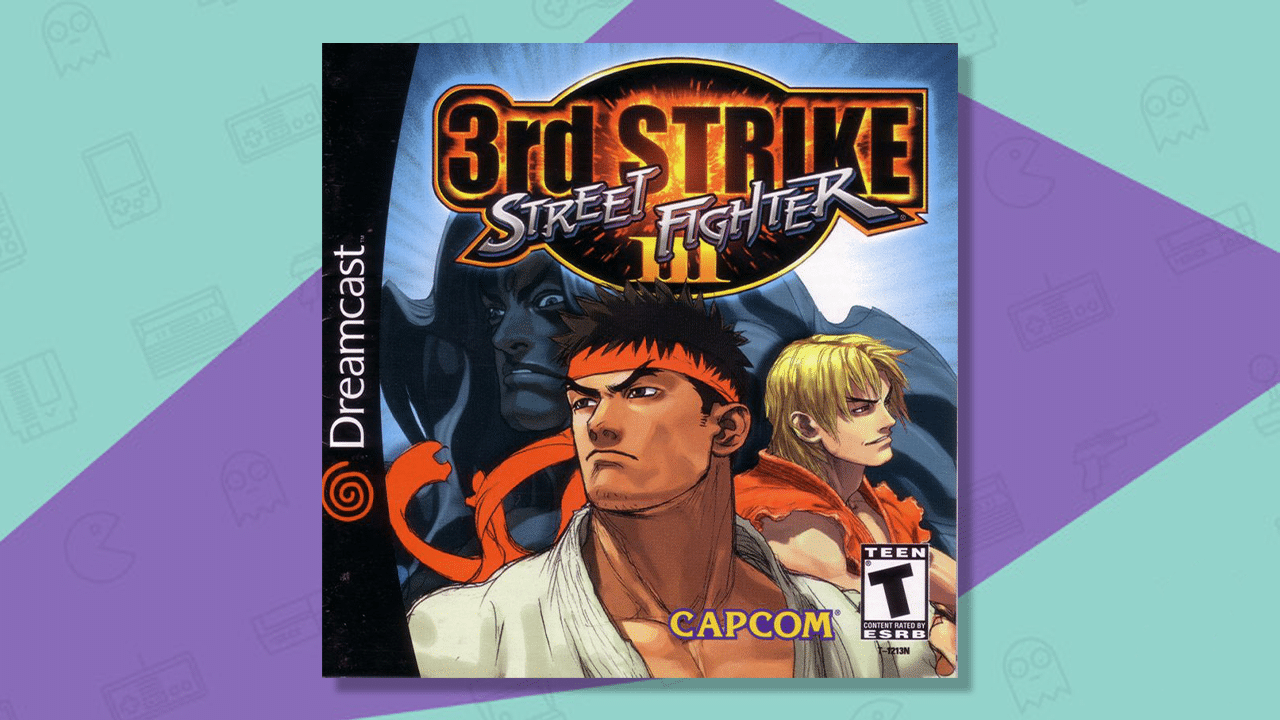
There were a bewildering number of editions and variants of Street Fighter II, as well as the excellent spin off Alpha series (and the crossovers, which I haven’t even covered here).
So when the ‘true’ Street Fighter II sequel was released (with Street Fighter III in 1997), you just knew it had to be something special and, true to form, Capcom didn’t let us down.
Still the gold standard for fighting titles, this evolution of Street Fighter III (with 3rd Stike being – appropriately – the third iteration, following the original and 1998’s Street Fighter III: 2nd Impact), bizarrely the contemporary critical reception was muted, but it came at a time when 2D gaming in general was seen as somewhat passé and outdated.
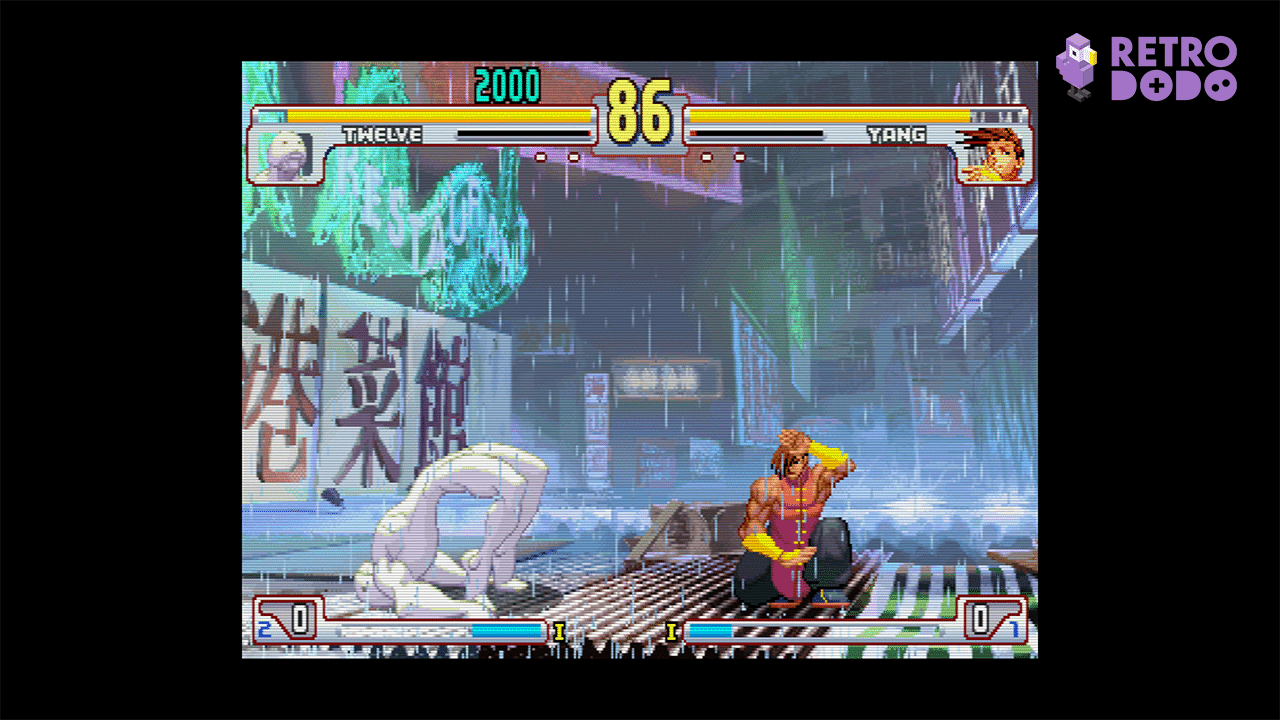
It’s now widely regarded as one of the best brawlers of all time and the best Street Fighter game, period.
3rd Strike was also responsible for what is likely the most iconic moment in competitive gaming history – the Daigo Parry, which is credited with reviving the then-flagging fighting game scene.
More than twenty years on from its release, Street Fighter III: 3rd Strike remains unsurpassed in terms of its sprite art, balance and general gameplay mechanics. A towering, remarkable achievement from Capcom that still impresses to this day.
2. Ultra Street Fighter IV (2014)
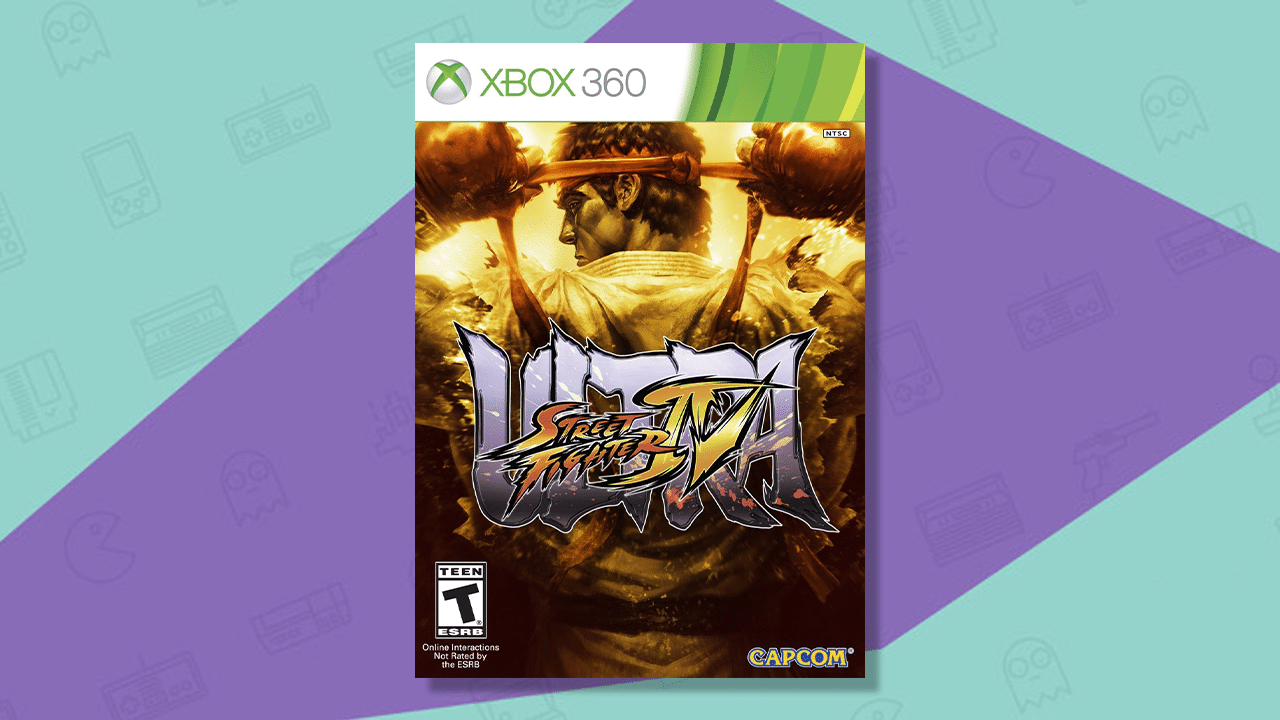
Though Street Fighter IV arrived in 2008 (eleven years since the first incarnation of Street Fighter III first appeared), it wouldn’t be until an astonishing – at least in video game timescales – six years later that we’d see the sublime Ultra Street Fighter IV released.
Widely recognised as one of the very best beat ’em ups of all time, Ultra Street Fighter IV turned the base game up to eleven – with unsurpassed balance, five new characters and even new fighting mechanics.
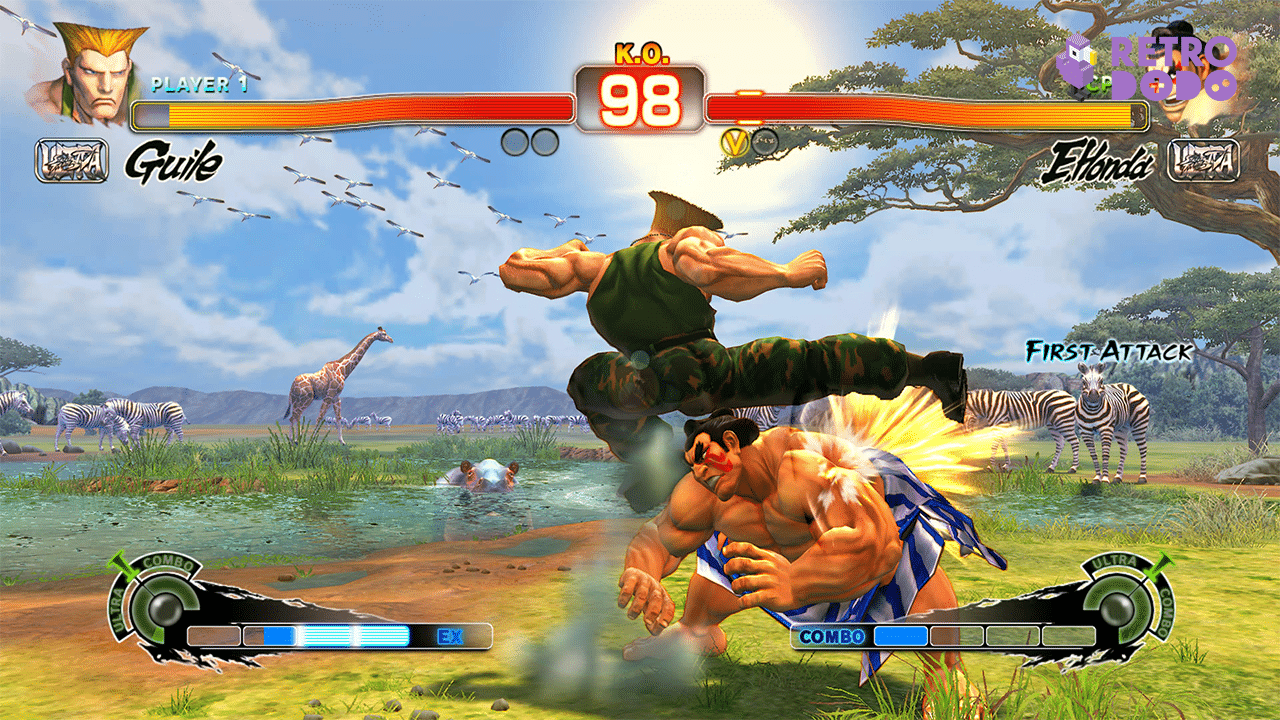
The top of the list is a very competitive place to be – Ultra Street Fighter IV narrowly misses out on the top spot, but is perhaps the game of choice for more ‘modern’ players.
3. Street Fighter Alpha 3 (1998)

Taking away the Auto and Manual modes, Street Fighter Alpha 3 is notable for the addition of ‘ism’ playing styles, with players able to choose from a selection of three: A-ism, X-ism and V-ism – each of which dramatically alters the gameplay.
Players can therefore vary the experience depending on their own style of play, adding a great level of personalisation to the game. All of the characters from the previous two titles return, as well as even more characters from previous Street Fighter and Final Fight titles.
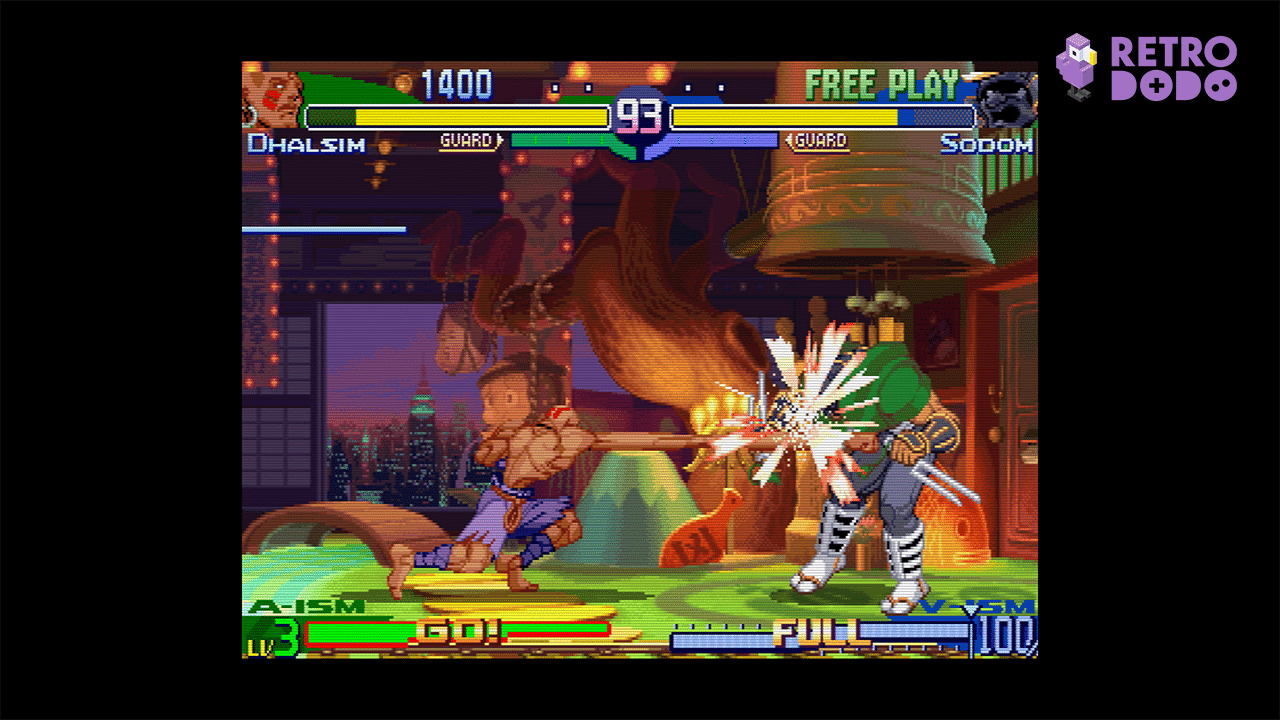
The various home console ports added a variety of different characters and even modes depending on the platform – with such a wealth of content and the great critical and commercial reception it received, Street Fighter Alpha 3 remains a fitting swansong for the Alpha sub-series.
4. Super Street Fighter II Turbo (1994)
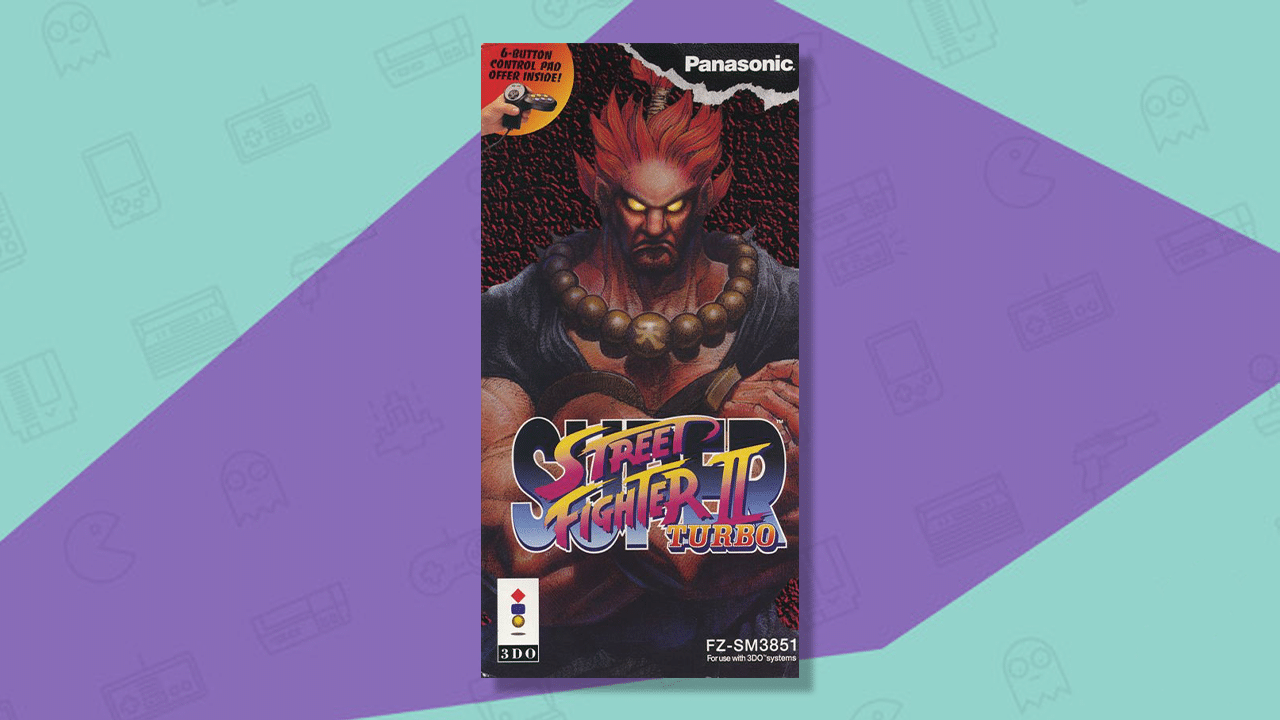
Capcom’s improvements to the Street Fighter II formula continued to evolve, with Super Street Fighter II adding four new characters to the basic 8 (plus 4 bosses) that formed the core of the game up until that point.
With new moves also added in, Super Street Fighter II would have been the absolute pinnacle for the Street Fighter II ‘series’ of games – if it wasn’t for a further update, Super Street Fighter II Turbo – a game that was so well received that it’s still played competitively at tournaments to this day; it introduced super combos and air combos to the series and even a secret character, Akuma, who is the most powerful playable character in the game – and thus banned from use in most competitive events.
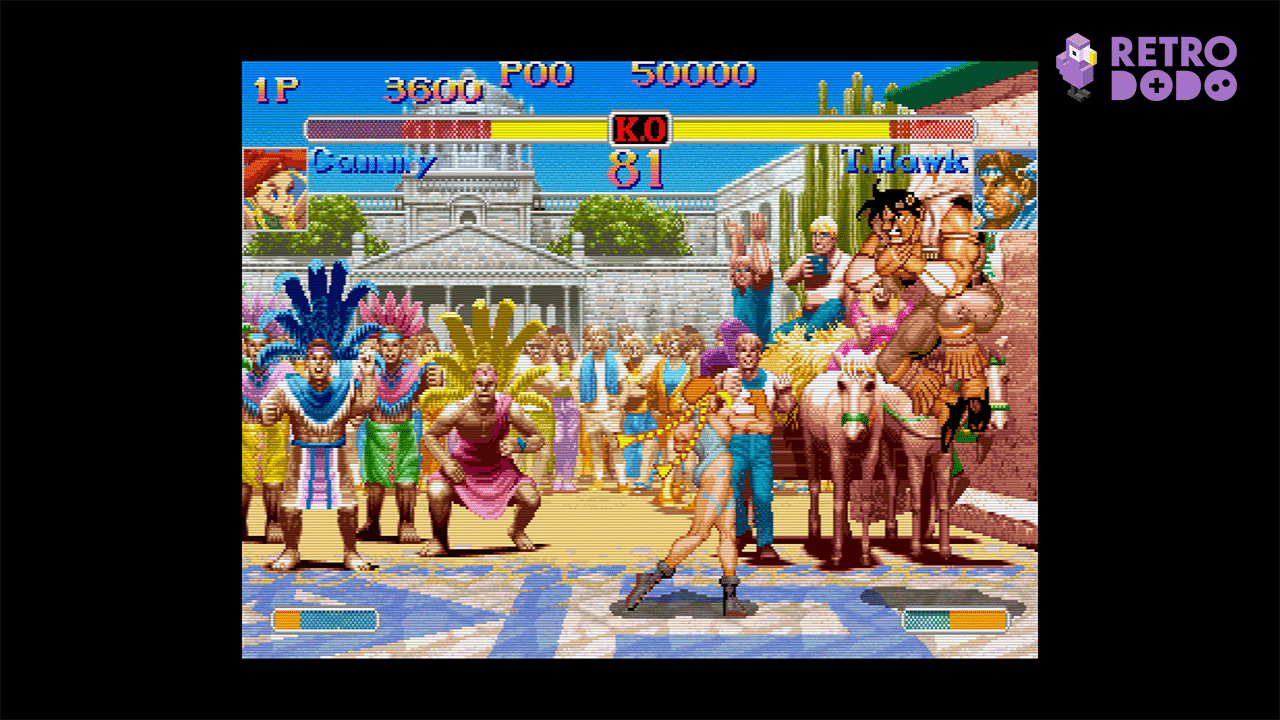
The 3DO – of all consoles – played host to an excellent port that was fairly advanced in its day, despite missing a few graphical bells and whistles (and some lag during gameplay due to the CD loading during fights, oddly).
5. Street Fighter 6 (2023)
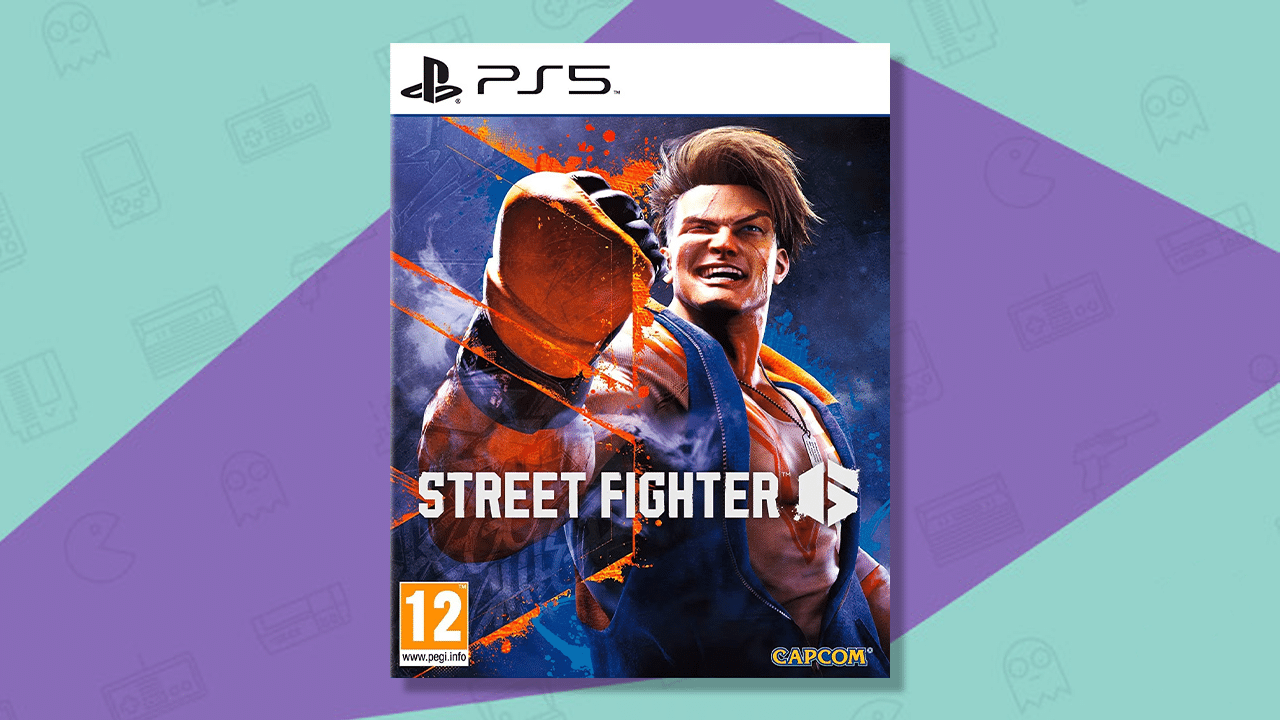
The latest entry in the long-running beat ’em up series, Street Fighter 6 is a stunning-looking title, thanks to the ever impressive RE Engine.
The RE Engine that brought Capcom’s Resident Evil series bang up to date with photo realistic graphics is used to deliver incredible visual fidelity in Street Fighter 6. Freshly redesigned characters boast incredibly fluid animations, stages are full of life and the flourish of visual effects pack a serious punch.
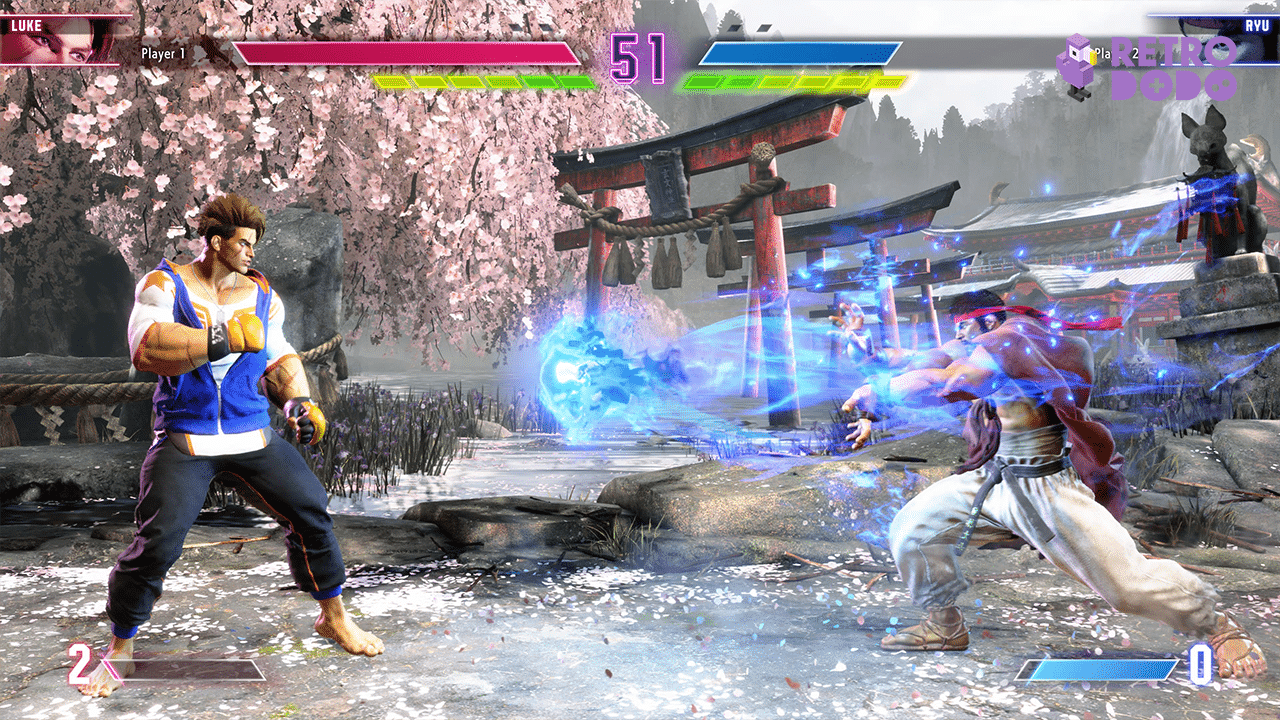
A new World Tour mode sees solo players creating a custom fighter and hitting the streets to battle characters from the series long history.
There’s an impressive level of detail on display within World Tour and a generous sprinkling of classic Street Fighter humour. What other fighting game lets you clear gaps in the environment by pulling of Chun-Li’s famous Spinning Bird Kick!
6. Street Fighter V: Arcade Edition (2018)
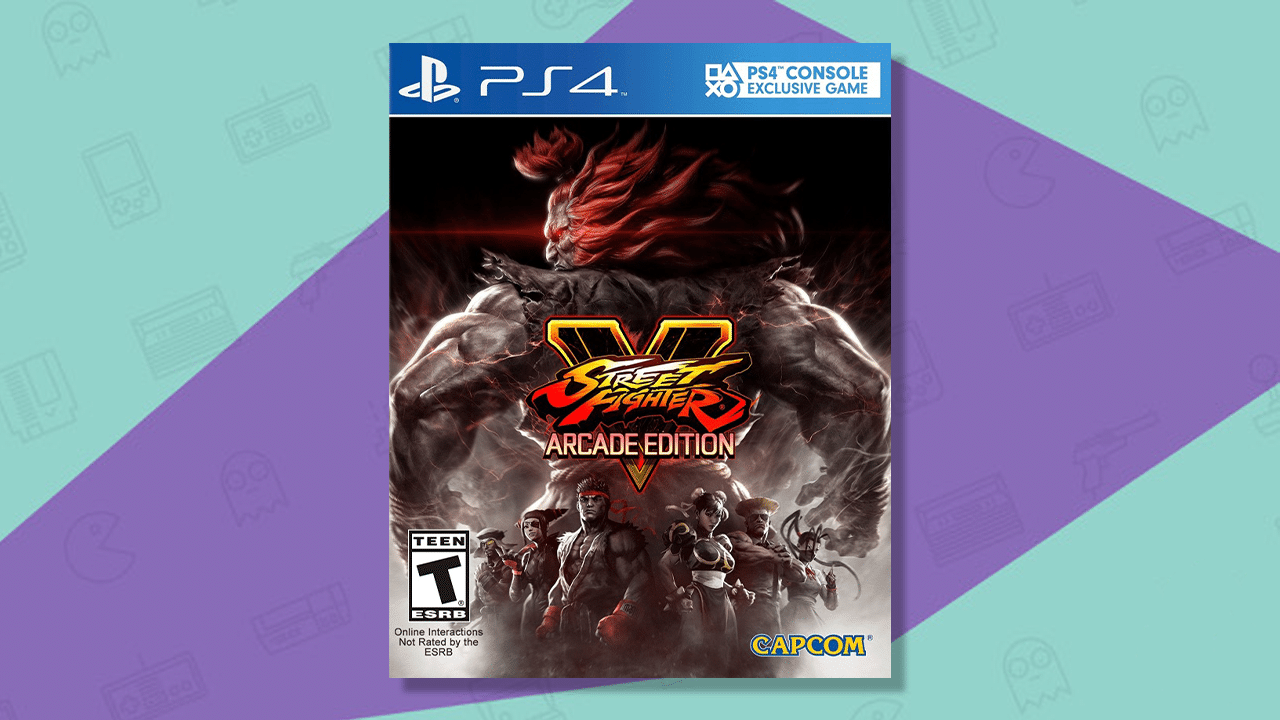
The initial release of Street Fighter V was criticised for its lack of single player content and unstable online performance – a mortal sin for a series that had evolved over the years from in-person competitive play to web-based competition, due to the unfortunate demise of many arcade venues in the decades since the launch of the series.
Yet the Arcade Edition – which came two years after the initial release of Street Fighter V – put things right, with all DLC characters from the first two ‘seasons’ of content for the ‘base’ game included – bringing the title’s roster up from sixteen to twenty-eight characters.
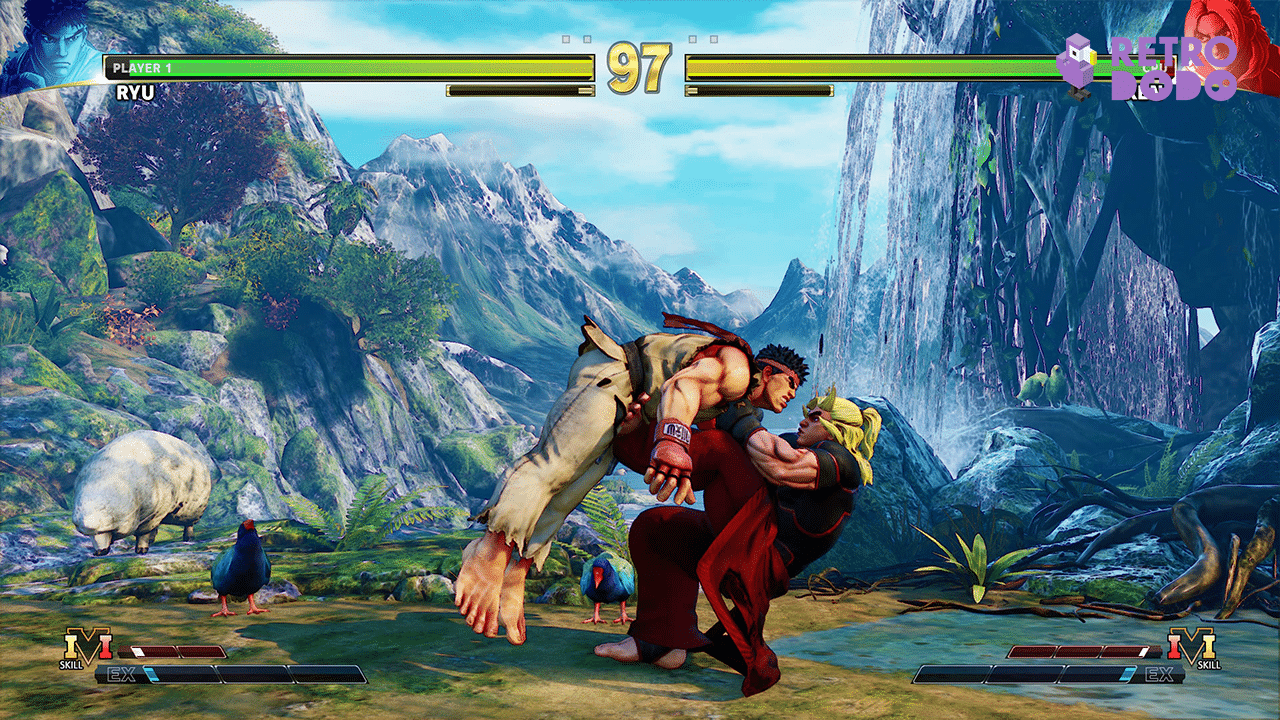
Additional V-Trigger moves and other included features made this a huge improvement over the lacklustre first release of Street Fighter V – and, though arguably superseded by the release of Street Fighter V: Champion Edition (2020), the Arcade Edition remains the most critically well received of the three editions.
The game is marred slightly by the inclusion of in-game advertising during loading screens, in stages and even on character costumes (an addition made late in 2018), drawing criticism from the gaming press and players alike – which accounts for its mid-table position in these rankings despite its huge popularity, as well as the general quality and depth of its gameplay.
7. Street Fighter Alpha 2 (1996)
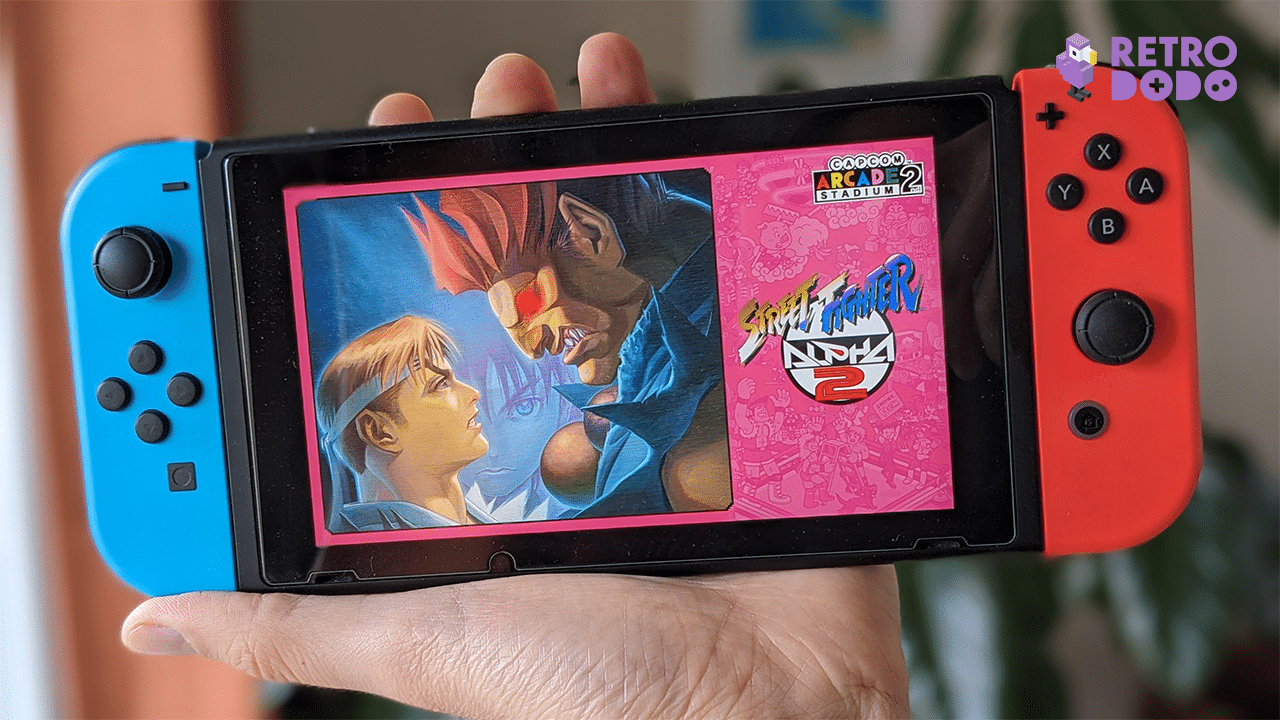
Retaining many of the first Street Fighter Alpha game’s features, Street Fighter Alpha 2 introduced Custom Combos (which did replace the prior title’s Chain Combo system).
All of the previous game’s characters returned, joined by Street Fighter II’s Dhalsim and Zangief – and further characters from the original Street Fighter and Final Fight.
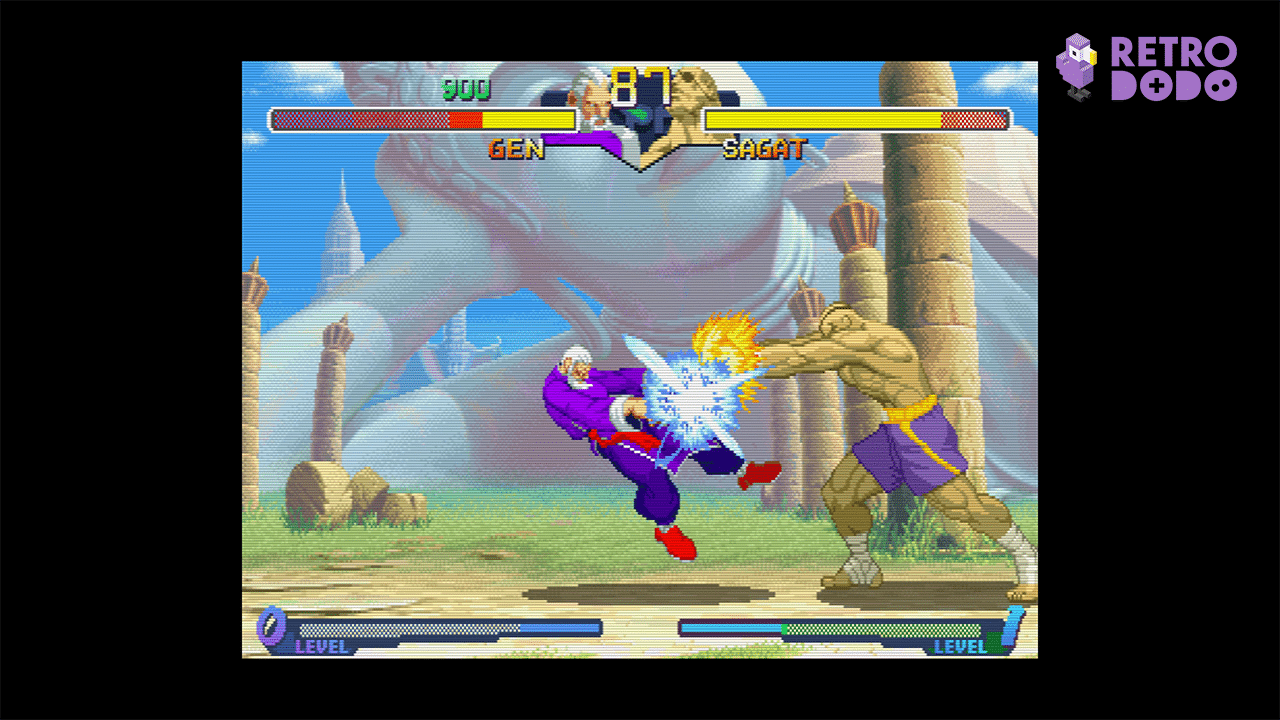
A new character – schoolgirl Sakura – was also added to the game’s roster.
8. Street Fighter II: Hyper Fighting (1992)

Street Fighter II’s success and ubiquity resulted in lots of official revisions, with various gameplay improvements and new features being added into each new variant.
The game’s huge financial rewards for arcades also resulted in tons of hacks and bootleg machines appearing the world over, with a number of illicit ‘companies’ eager to cash in on the phenomenon with their dodgy knockoffs.
Players wouldn’t always be aware that they were playing an unofficial machine, some of which made their own modifications to Street Fighter II’s core gameplay. One of these saw the game speed increased almost comedically to the point where players needed superhuman reflexes to compete.
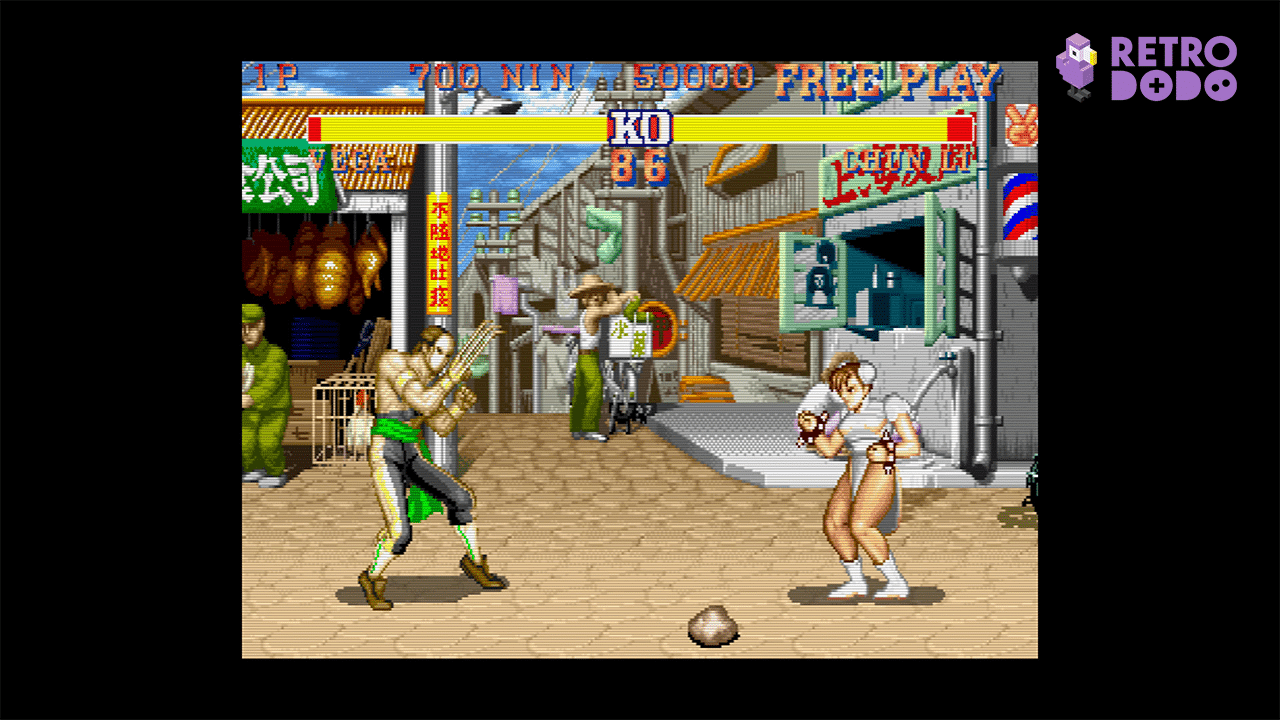
Street Fighter II: Hyper Fighting was Capcom’s official response to the super-fast bootlegs. Following Street Fighter II: Champion Edition – which made the four boss characters playable and allowed player 2 to choose the same character as player 1 in PvP battles, albeit with a palette-swapped costume change – Street Fighter II: Hyper Fighting added increased speed, new default costume colours for all characters and at least one new move per character (except for Guile and the four boss characters – which balanced the characters more evenly).
It came to SNES (and is on the list of 10 Best Fighting Games for Retro Consoles) in the form of Street Fighter II Turbo and the Genesis/Mega Drive title Street Fighter II: Special Champion Edition can also be played using the Hyper Fighting ruleset.
9. Street Fighter Alpha (1995)
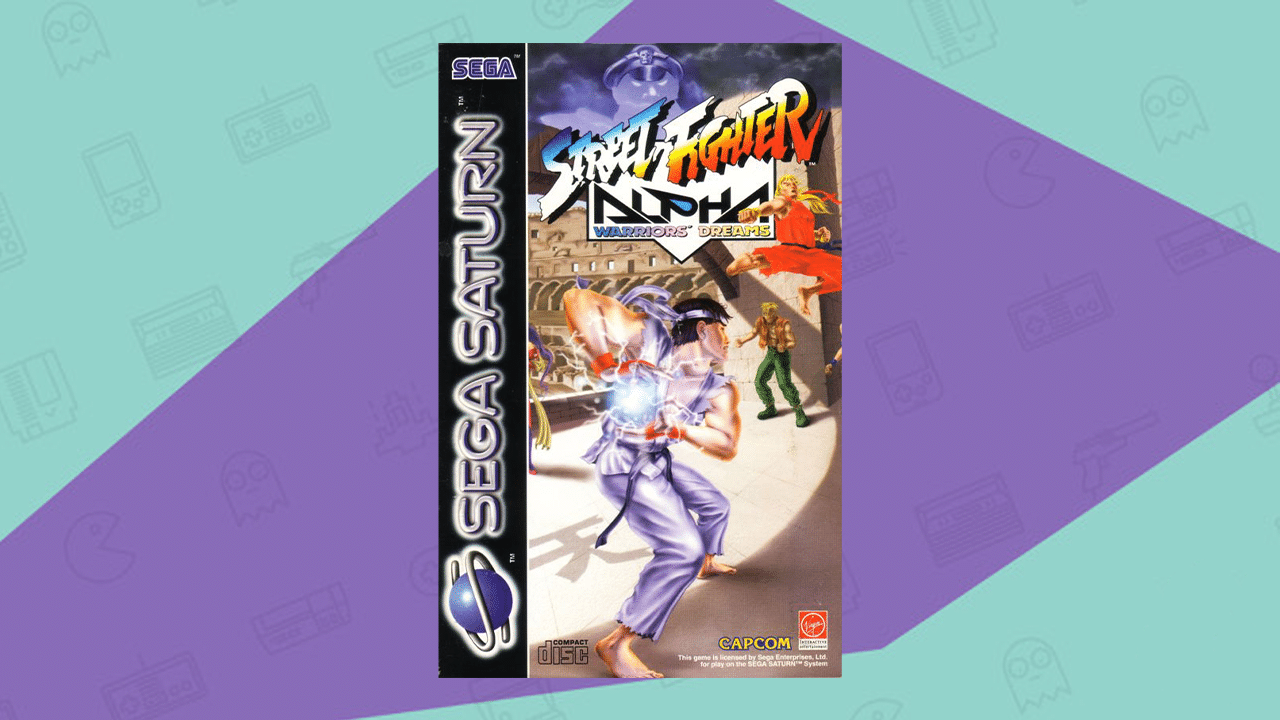
Though far from realistic, the art style employed by Street Fighter II was detailed and in keeping with the arcade aesthetic of the time.
The Street Fighter Alpha series moved away from that a bit, with a chunkier, more manga/animé influenced style that had previously been utilised in other brawlers from Capcom, such as Darkstalkers and X-Men: Children of the Atom.
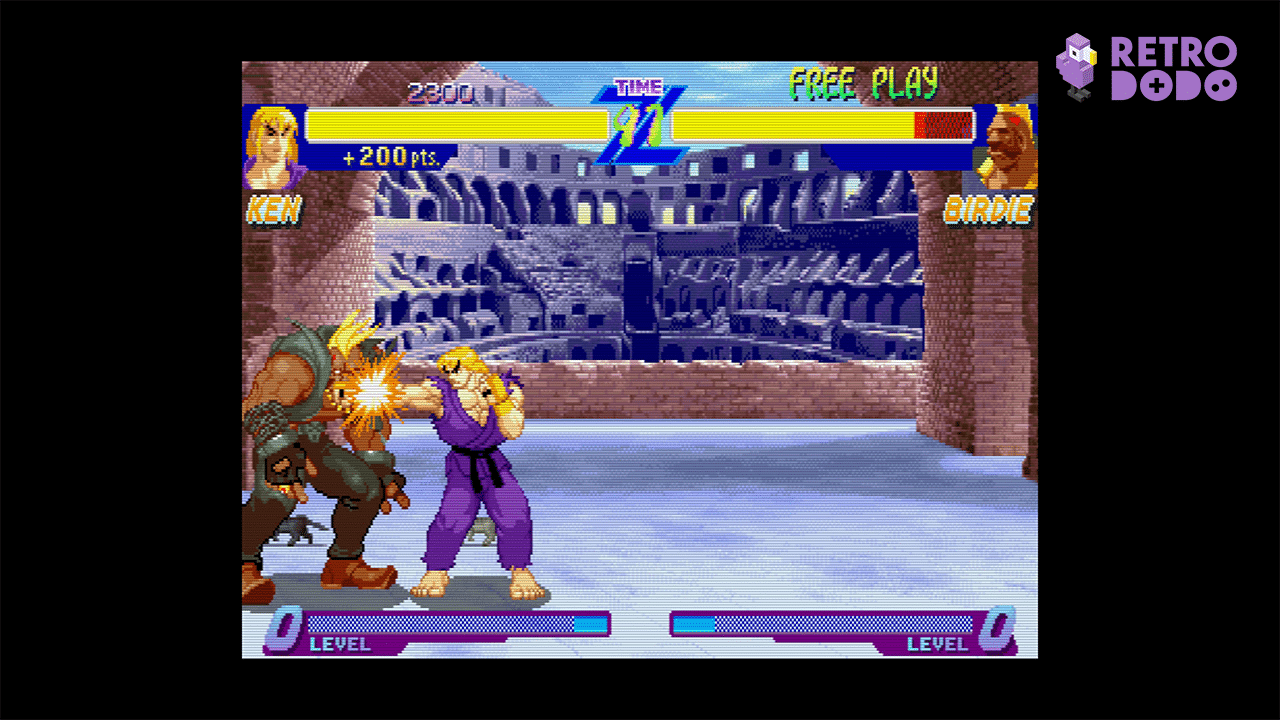
Continuity-wise, Street FIghter Alpha is set between the original Street Fighter and Street Fighter II, featuring characters from the very first game as well as a few from scrolling beat ‘em up Final Fight (another hugely influential Capcom game that was a phenomenon in its own right) and two entirely new characters.
Street Fighter Alpha introduced a three-level Super Combo Gauge, Alpha Counters and a choice of playing styles – Normal and Auto – and even new techniques such as Air Blocking and Chain Combos.
10. Street Fighter II (1991)
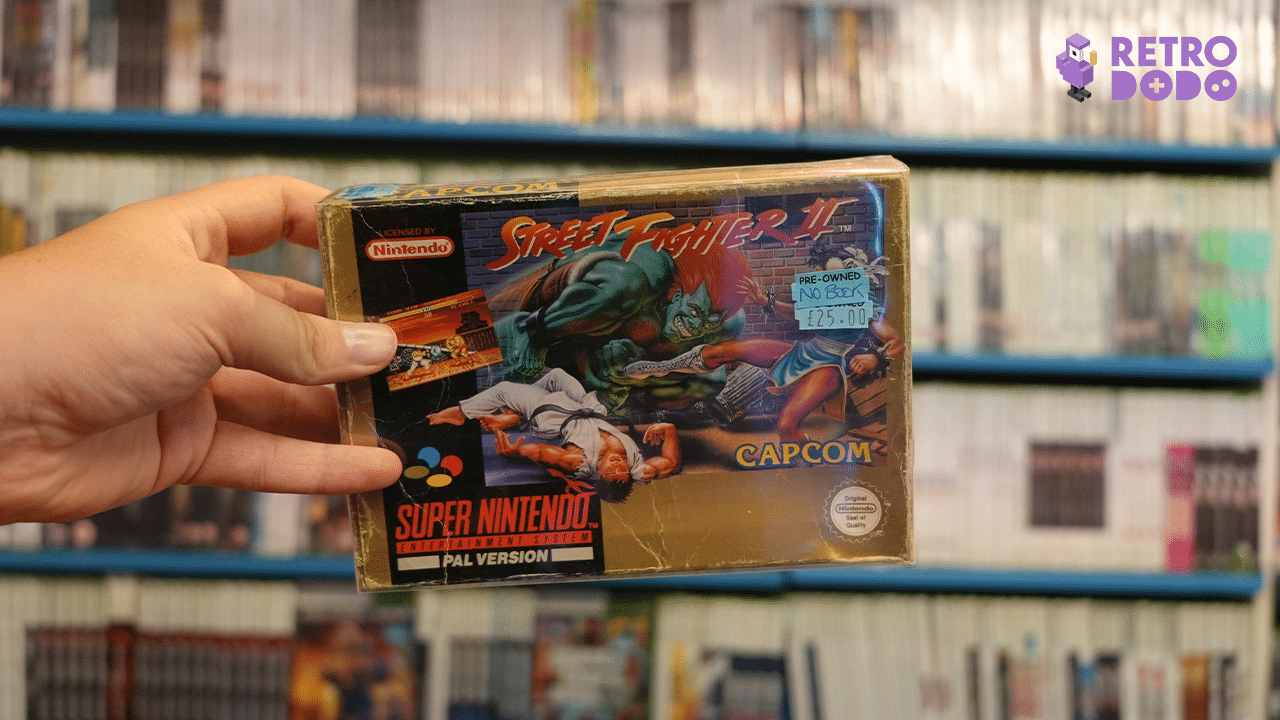
As with the original Street Fighter, the first Street Fighter II has long been superseded in terms of balance and general gameplay features – but the impact it had on arcade gaming (it’s unquestionably one of the Best Arcade Games of all time) and the industry in general simply cannot be overstated.
It was a genuine cultural phenomenon, with an incredibly diverse cast of colourful, sometimes silly (hi Dhalsim and Blanka!) characters that not only looked unique to one another – they also each had vastly different movesets and playstyles, which added enormously to the appeal of the game.
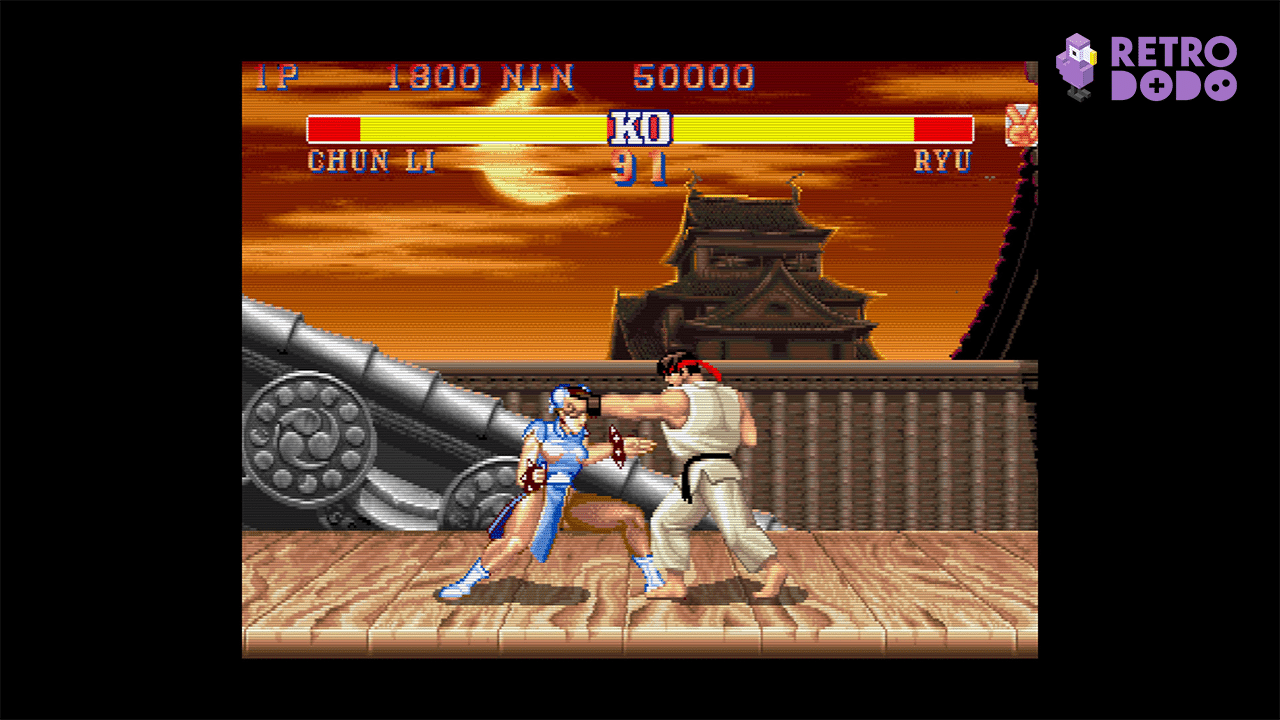
The special moves – and the joystick/button combos needed to pull them off – quickly became the stuff of legend, with tips, tricks and rumours spreading through playgrounds and arcades the world over like wildfire.
It seemed at one time that not just every arcade, but every shop, pub, mall or bar that could fit one in had a Street Fighter II machine in the corner – and it was always in use, with players either competing against the often ruthless CPU or engaging in more unpredictable battles against human challengers.
There are very few video titles that have such universal recognition or appeal that you could get away with a stand-up comedy routine about them – but Street Fighter II is part of that elite club.
11. Street Fighter (1987)
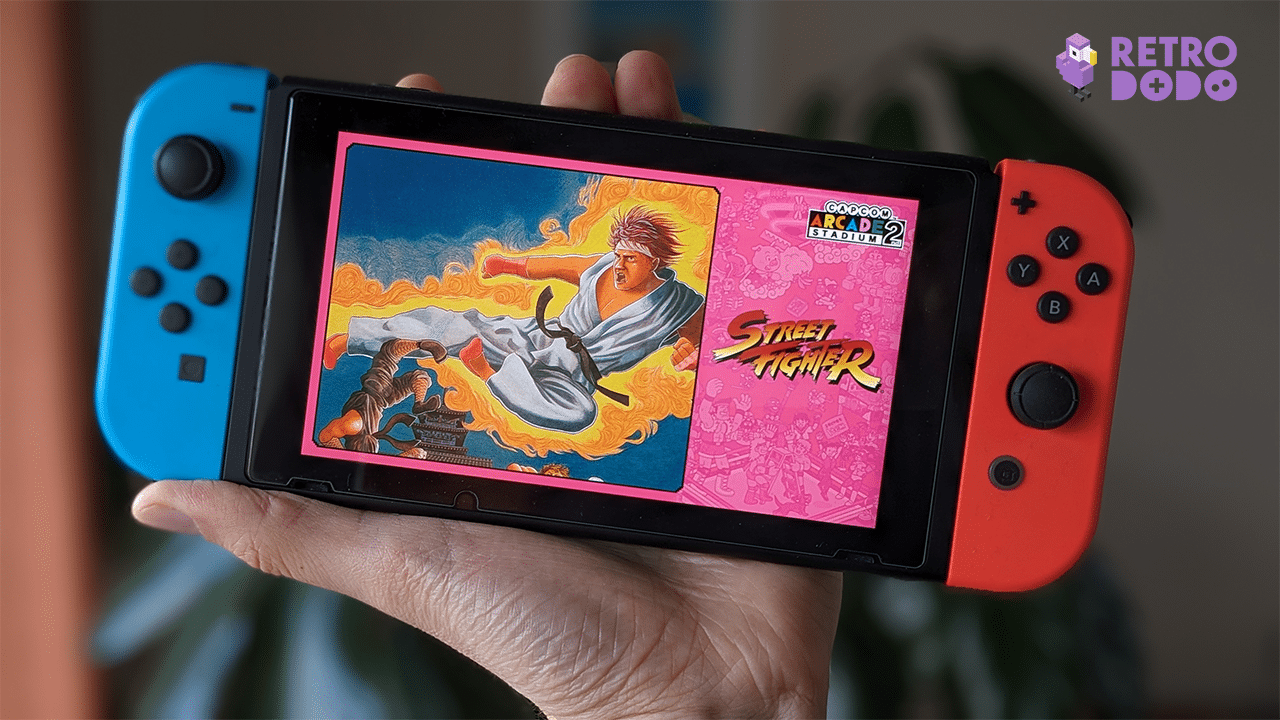
Perhaps a controversial inclusion at the bottom of our list, the original Street Fighter is a far more limited and basic game than the titles that followed it.
However, it feels wrong to not include the very first game in the series – after all, without it there wouldn’t have been a series in the first place. Released in arcades in 1987.
Street Fighter didn’t even allow for players to select a character – which is an obvious, glaring feature that we take for granted these days.
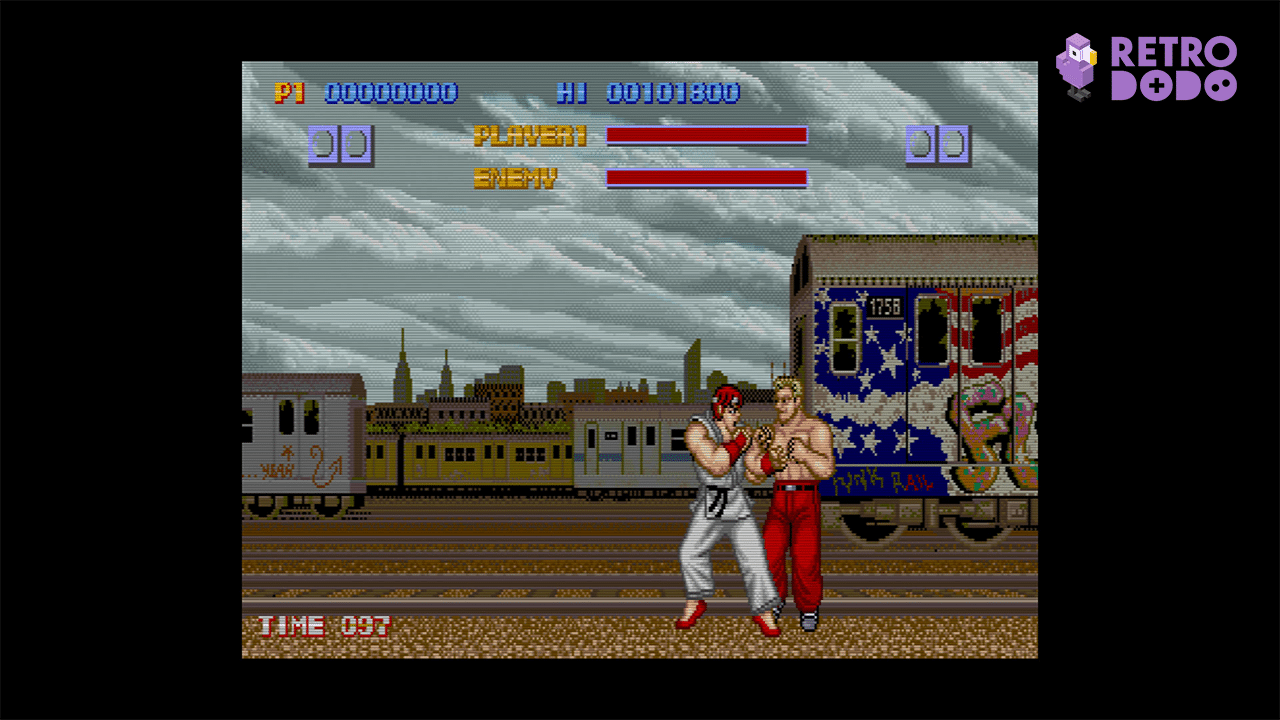
Player one is Ryu and the second player is Ken; if the second player wins against Ryu and continues the game against the CPU controlled fighters, will continue to be Ken until they lose or beat the game. Otherwise, this version of Street Fighter features a focus on Ryu all the way.
Setting this game apart from any others is that the Deluxe version of the arcade cabinet actually featured pressure sensitive rubber pads that would increase the power of in-game attacks the harder they were pressed.
One of the key innovations that Street Fighter introduced were the ‘secret’ moves – elaborate joystick and button combinations that would result in special attacks; a feature that quickly became the main appeal of all fighting titles throughout the industry, becoming ever more elaborate, complex and layered as the years went on.


